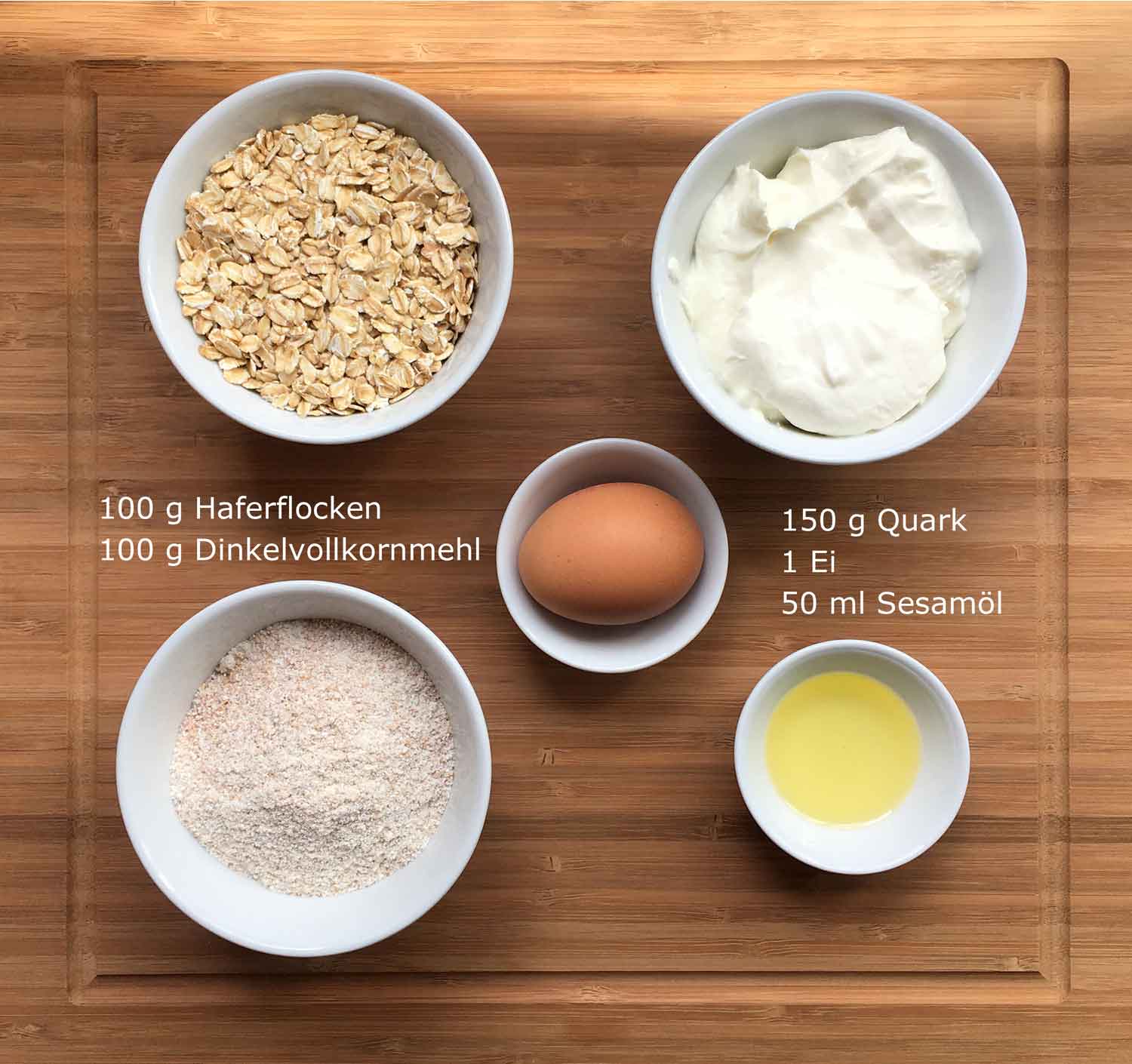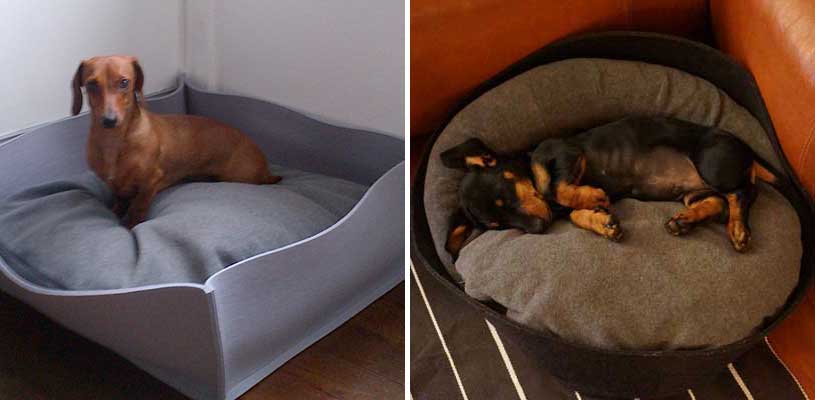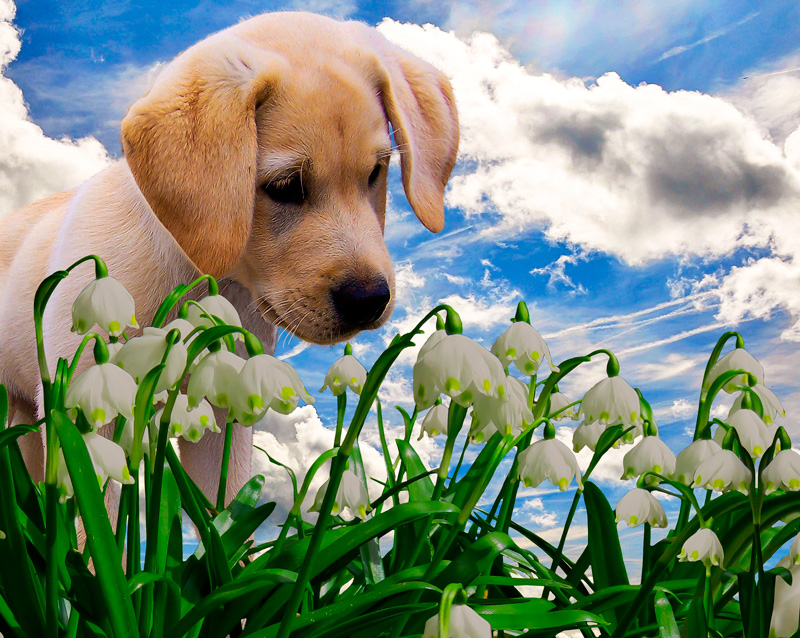It doesn’t take much effort to bake dog cookies yourself. These treats are quick to prepare and your dog will love them …
Home-baked dog biscuit with quark and egg
Today I felt like baking some dog treats again. Our 2-legged family members are not always convinced of my baking skills. But the dog is happy about a homemade dog biscuit. Quark, egg, oat flakes, spelled flour and peanut oil are always in the house for today’s recipe. Instead of peanut oil you can also use pumpkin or olive oil. Sunflower oil is not good for dogs. The better the quality of the ingredients, the better for your pet.
This recipe can also be downloaded at the bottom of the page.

Every dog loves homemade dog biscuits.
Ingredients:
- 150 g Quark
Quark is a great addition to the dog’s diet. Quark is rich in proteins that dogs can process well and digest easily. The lactose content is quite low, but it contains lactic acid bacteria but hardly any milk sugar. Most dogs tolerate quark very well. If your four-legged friend tends to be overweight, choose the lean version so that the dog biscuit won’t hit your hips. - 1 Egg
Eggs provide the dog with important nutrients. They are rich in protein and fat and are characterized by a high proportion of essential fat and amino acids. Amino acids can support the dog’s metabolism, promote the regeneration of muscle tissue and stimulate cell formation. The fatty acids it contains give the fur a healthy shine. The cholesterol and lecithin contained in the egg yolk are required for cell formation. Chicken eggs should only be served to the dog boiled or, as in this case, baked in dog biscuits. - 200 g Wholemeal spelt flour
Spelled consists predominantly of carbohydrates in the form of starch. It has a high proportion of protein and a lot of B vitamins. Potassium and magnesium are also included, as are the trace elements iron and phosphorus. Because it has a high level of resistance, it can be grown with almost no pesticides and insecticides and is therefore contaminated with few environmental toxins. - 100 g Oat Flakes
Oats are particularly easy to digest and digestible. The special fiber stimulates intestinal activity with sufficient fluid intake. Compared to other common grains, oats have the highest content of potassium and magnesium, B group vitamins, iron, manganese, phosphorus, zinc and copper. It also contains protein that is easy for your dog to digest. - 50 ml Sesame Oil
With all oils, you should ensure that they are cold pressed and not refined. Of course, organic products are better suited to supplement your diet. Sesame oil is not always on the radar for dog nutrition. It is very well tolerated because it is a vegetable oil. It has a positive effect on blood lipid levels. It has a high Omega 6 content, so it should only be used sparingly. If you don’t have sesame oil in the house, replace it with olive, pumpkin, rapeseed or linseed oil.
Preparation:
- Work all the ingredients into a smooth dough.
- Separate a small part of the dough and shape into a roll.
- Cut off small slices and place on a baking tray.
- Bake at 180°C for approx. 20 mins.
Important: The biscuits must be stored in an airy place so that they don’t go mouldy!

The finished dog biscuits
Recipe

Dog cookies that are also very tasty for cats

The Dachshund
In order to better understand the nature and character of the Dachshund, you should know that it was originally bred for hunting underground.

French Bulldog
The French Bulldog is a lively, alert dog. It is very agile, although it has a muscular and compact build. Their bat ears and short tail …

Dog and Heat
Dogs and heat. Get through the hot summer days with fun and variety.











Recent Comments